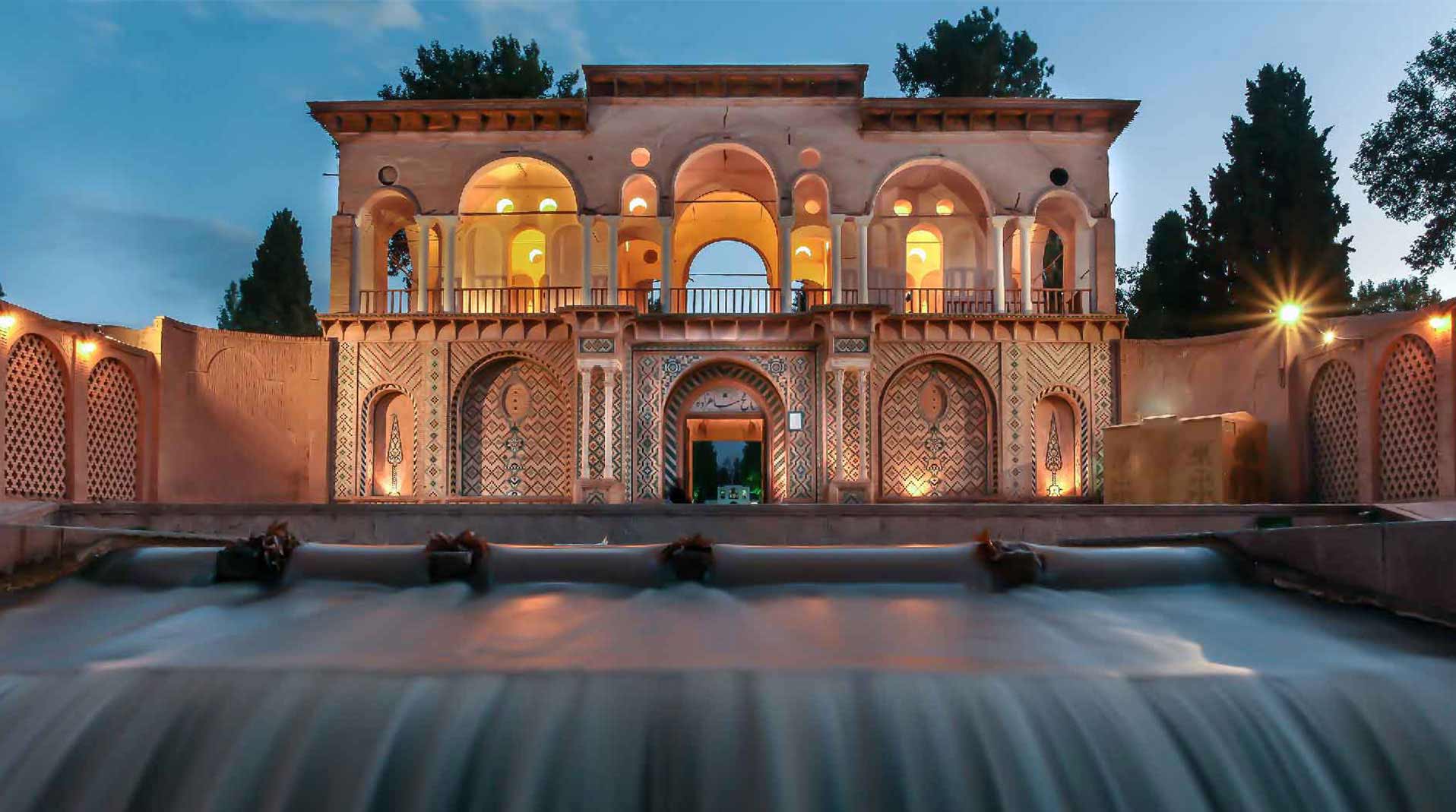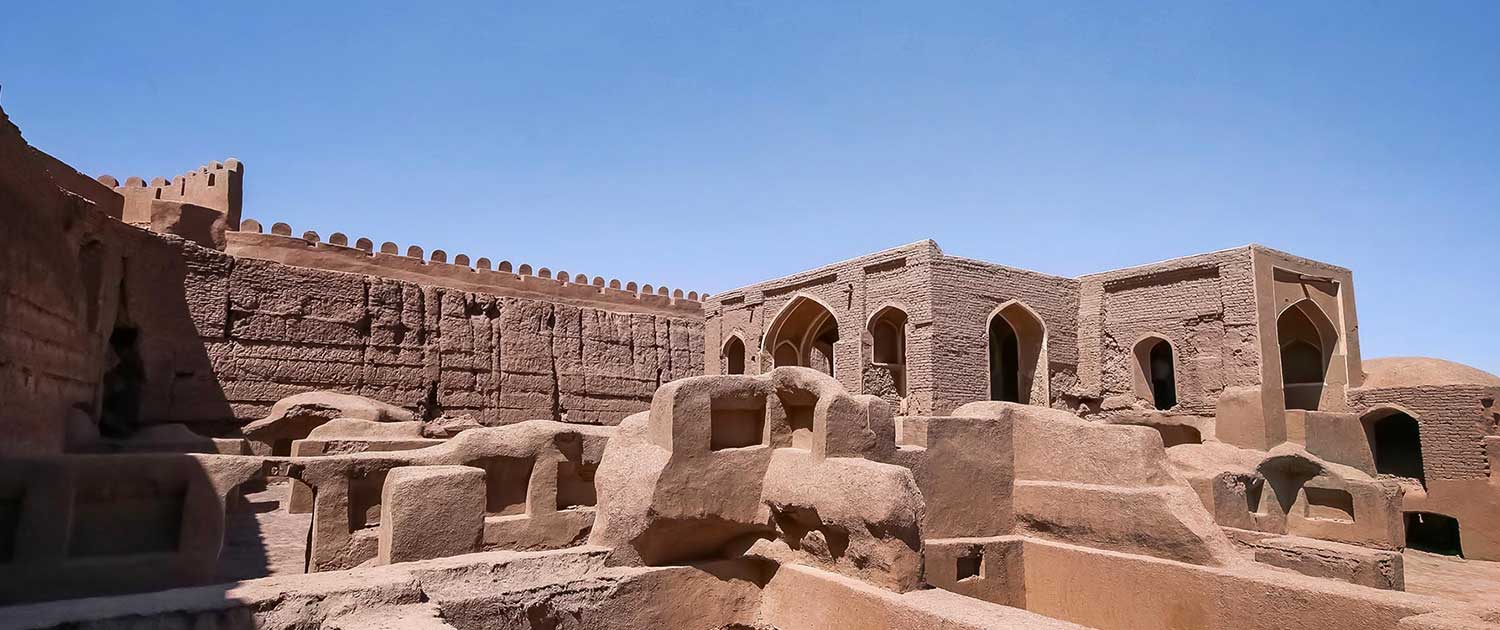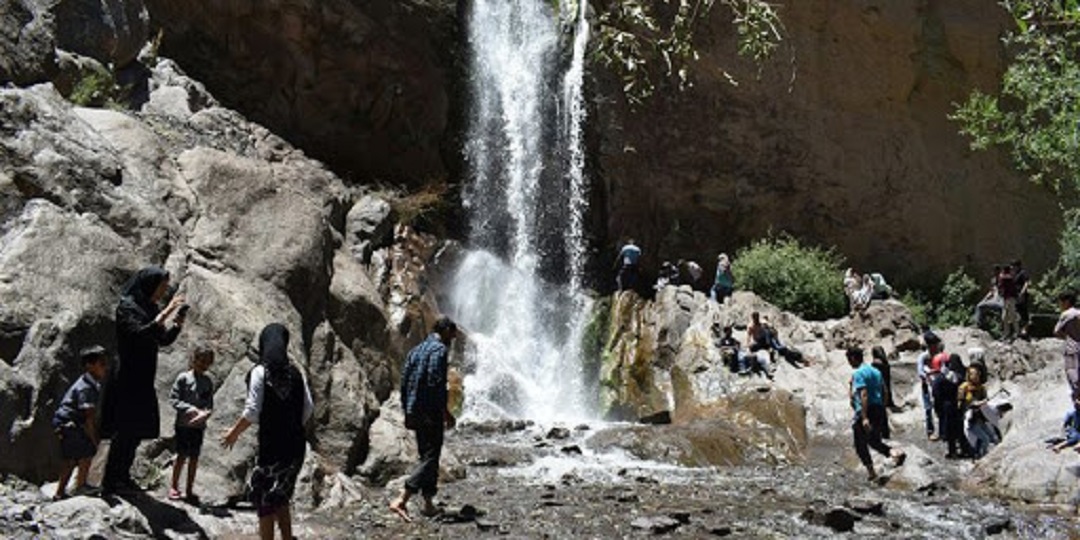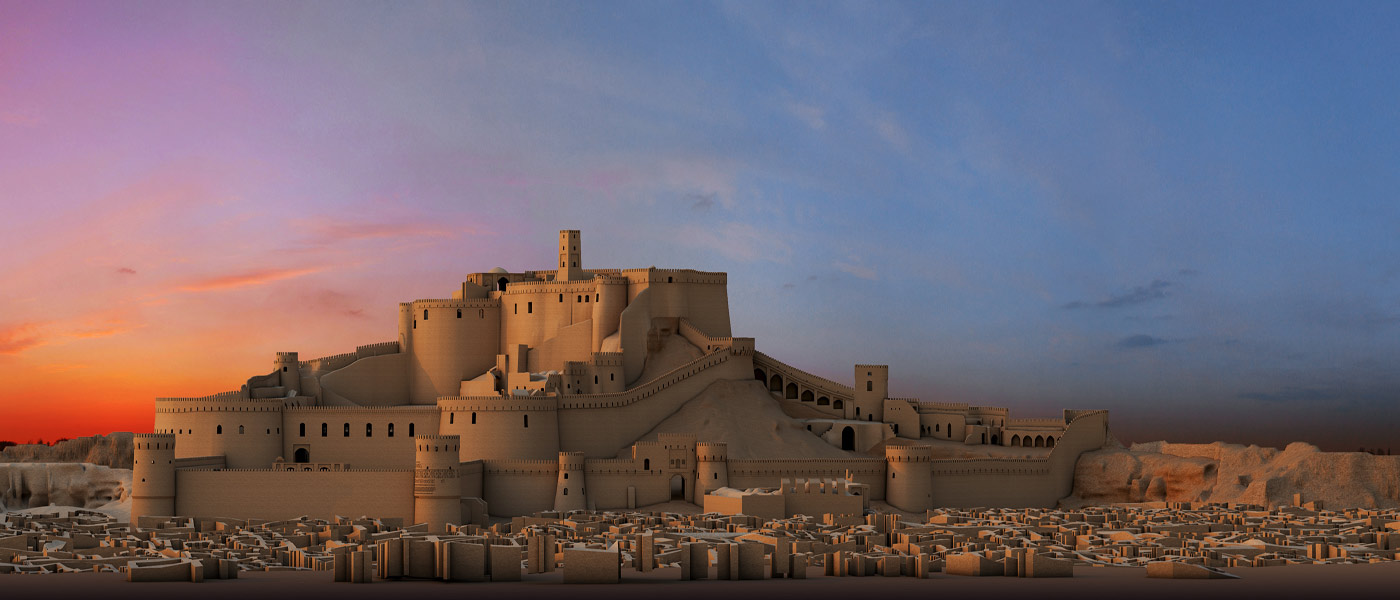Kerman today is one of the significant tourist destinations of Iran housing several top choice places for travelers. As the history of human settlements in this region dates back to the 4th millennium BC, Kerman attractions are significant historical and cultural sites. The city has also been recognized for being one of the important carpet-exporting centers of Iran.
If you are travelling to Kerman and your time is limited, here we help you to decide easier about Kerman top attractions.
Kerman
Being the largest province of Iran, Kerman is situated in the southeast of the country. The city is bounded by Yazd, Fars, South Khorasan, Sistan va Baloochestan. Historically speaking, the city of Kerman was founded by Ardeshir I (224-241 CE) in the Sasanid dynasty.
Aside from having several well-known tourist destinations, this diverse geography is home to the globally recognized desert, Lut (Kavir-e-Lut) which is among the top Kerman’s attractions. This UNESCO World Heritage site, housing remarkable sand mountain, known as Kalut, is one of the hottest places in the world reaching a temperature of 67 °C. Apart from this iconic natural attraction of Kerman, this beautiful city has an abundance of other tourist attractions dating back to different eras.
Arg-e Bam
Kerman is mainly famous for being home to one of the top attractions in Iran and particularly in Kerman, Arg-e-Bam. Bam Citadel (Arg-e Bam) is situated in the northeastern part of the city of Bam located on the southeast of Kerman. Bam has owned its significance partly to its strategic location at Silk Road, the crossroads of trade routes, approximately between 7th to 11th centuries.

History
Arg-e Bam was approximately established in the Sassanid era (224-651 CE). It has had several functions during history; in the Safavid era (1502-1722) it was the headquarter of Ganjali Khan’s army and later in the 19th century, it became the strongest fortified place in Iran and almost during the same era Afghans invaded the city. Accordingly, by experiencing lots of ups and downs, the city lost much of its population. Arg-e Bam was abandoned 150 years ago and the inhabitants gradually moved and found settlements outside of the city.
Architecture
Once one of the world’s largest mud-brick complexes, Arg-e Bam was recognized as a UNESCO heritage site in 2004. Built by the vernacular architectural technique, this citadel was made of adobe, non-baked clay bricks, mostly in the form of vaulted structures. Arg-e Bam is surrounded by 12-meter walls and different buildings such as a deep moat, watchtowers and a limited number of gates, all related to defense the city. The citadel proper consists of two parts: fortified residential area and governor’s quarters.
The governor’s quarter is located at the highest point of the citadel (about 60 meters from the base) and consists of various sections including barrack, watchtowers, wells, ruler’s house, bathhouse and four-season building (a typical type of Iranian building). The governor’s mansion was constructed at the highest point within the citadel.
The residential section, on the other hand, is composed of 38 watchtowers, congregational mosque, bazaar, school, stables, and other residential neighborhoods.
The citadel has undergone numerous phases of destruction and reconstructions. One of the major reconstructions was carried out in the Safavid era, mostly on the governor’s area. However, the complex destroyed several times after that. First, by the Afghan invasion during the 19th century, and then, the earthquake in 2003, which almost destroyed the whole place. The re-establishment phase started after the earthquake and some parts were restored and rebuilt.
Shazdeh Garden
Shazdeh Garden is a must-see among Kerman attractions. This beautiful garden is one of the nine Persian Gardens inscribed in the UNESCO Heritage. If you want to enjoy the greenery and the enchanting sound of water fountains, Do Not Miss this relaxing experience.

History
The word Shazdeh literally means prince and it implies the meaning that the garden used to belong to the Qajarid sovereign.
The ruler of Kerman in the Qajar era commissioned the primary construction, but it left unfinished because of his early death. The building process continued in the later era during the years, but it never got completed as it meant to be in the first place.
Location
Shazdeh Garden is one of the best places in Kerman inviting visitors to an earthly paradise. This charming Persian Garden is located near Mahan, one of the beautiful places in Kerman situated on the southeast of the city. While you enter this majestic oasis in the heart of the desert, where the shade of the trees creates a charming pathway, you feel the comfort under the sizzling heat of the desert.
Architecture
This rectangular-shaped garden is a 407 m-long and 122 m-wide area decorated with the linear setting of the lofty trees. Shazdeh Garden, like other typical Persian gardens, is irrigated by innovative techniques. The water is circulated throughout the garden with the help of water fountains functioning with natural incline and qanat technique. As Shazdeh Garden was built on the slope of Tigran Mountain, the natural slope of the garden leads the water flow along the garden.
Other Parts of the Garden
There are two monuments at each end of the garden; the entrance gate at the lower end and a two-floor residential structure at the higher end. The monumental portal is a two-floor structure featuring the border of the dry desert to a lavish oasis. The octagonal area immediately after the entrance, prepare you to enter one of the relaxing and beautiful places in Kerman. The pavilion, at the other end of the garden, was the seasonal settlement of the prince. You can now feel the view by standing at the balcony outlooking a big pool with five fountains.
Shah Nemataloh Vali
The mausoleum of Shah Nematolah Vali is located in Mahan, one of the best places in the city of Kerman. It is very close to the Shazdeh Garden. This mausoleum is among the famous sites for tourists.
Shah Nematolah Vali was an important mystic figure in the 16th century. He was born in Kerman and became one of the innovative figures in Sufism. Nematolah dynasty is one of the most influential branches of Sufism and its followers visit this shrine to practice the rituals regularly.

Architecture
Shah Nematolah Vali was buried at the center of a large garden in 834 AH and about 10 years later, a devoted follower of him, who was the ruler of Deccan in India, commissioned to build a shrine for him. As this complex has been completed during 6 centuries, you can see the architectural variations of different eras in Iran. The shrine owes its beauty to its outstanding decorations such as tilework, stalactites, plasterworks, and calligraphy. The major constructions and renovations carried out in the Safavid and Qajarid eras.
The turquoise dome of the shrine shows off at the clean bluish sky of the desert. Four tiled minarets designed with Shia inscriptions, namely the repetition of the name Ali and Allah, surrounds the dome. The interesting fact about the dome is the story of 11 pieces. According to the investigations by mathematicians around the world, the dome is divided into 11 equal triangular pieces which is a very challenging job in mathematical view. Dividing a dome into odd numbers is not quite common and easy in architecture and it typically needs to be divided into paired parts.
Other parts of the mausoleum
The complex consists of three courtyards, a museum, Cheleh Khane, caravanserai.
The oldest part of the complex is Cheleh Khane, located at the southwest of the shrine, where Shah Nematolah spent 40 days in isolation as a part of Sufi’s rituals. The Cheleh Khaneh is decorated with Golden, azure and turquoise tiles ornamented with poets written in the admiration of the first religious figure of Shia, Imam Ali.
The museum houses precious items related to Sufism including Quran pages, needlework, jeweled swords, etc. The most Iconic items are Kashkuls which are the small dishes symbolizing Darvishes.
Arg-e Rayen
Rayen Castle (Arg-e Rayen) is one of the most iconic adobe structures in the world making it one of the best places to visit in Kerman. This mud-brick fortress is located in the city of Rayen, south of the province of Kerman. The Rayen city was the center of trading, specially knife, scissors, and sword and it was the popular spot for merchants.

History
This castle is really well-preserved compared to the other similar buildings in this strategic geography such as the medieval mudbrick castle, Arg-e Bam. Rayen castle was founded in the Sassanid era and despite its residential function, it serves as a fortress to defend the city toward various invasions to the strategic city of Kerman.
Architecture
This 22,000 sq. m castle is divided into 3 parts to inhabit different sectors of the society; the ruler part, affluent families and ordinary people. This plot resembles the frequent plan of urban planning in ancient Iran. The square-shaped castle consists of 16 buildings including: watchtowers, barrack, schools, mosque, warehouse, fire temple (for special ceremonies), Zoorkhane (ancient sports house), etc.
You feel the spirit of the past by stepping in the only entrance of the castle in the east. The castle used to dwell about 5000 people who were almost living there until 150 years ago. Walking through this well-preserved castle, you can see the structures remained from 500 years ago. Narrow alleys lead you to four beautiful buildings belonged to wealthy families, which were built in the Qajarid era (19th century). Some renovations were carried out during the years and the most important one was in 1996.
Rayen Waterfall
If you are a nature lover and you are traveling to Kerman to visit the top attractions, Do Not miss Rayen waterfall.
This beautiful waterfall also known as “Zar Roud”, is one of the beautiful places in Kerman. Rayen waterfall is located on the southwest of the city of Rayen. This waterfall pours down on the foot of Hazar mountain creating pleasant weather and beautiful scenery. Considered as the wonders of the desert, this scenic waterfall creates a beautiful route for the mountain climbing and trekking. This delightful waterfall is the tallest waterfall in Kerman and it has turned into a popular tourist site on holidays.
If you have visited enough historical and cultural sites, have a look at this waterfall to unwind for a while.

Meymand Village
Meymand village is located in Shahr-e Babak county in Kerman province. It is one of the top attractions for visitors who are interested in cultural and historical sites.
Designated as a UNESCO World Heritage Site, Meymand is among few rocky villages with inhabitants. According to the archeological excavations and inscriptions found in this area, the early settlements date back to 12000 years ago. However, the existing texture of the village date back to approximately 3000 years ago.
The residents pick an adoptable lifestyle to survive in the harsh living condition of the village. The arid climate and very severe winter and summers made them live in temporary dwellings and live a self-sufficient life by raising animals and farming. The hand-dug houses are seasonal; semi-underground and circular houses are used in spring and settlements near seasonal rivers are for hot months.
Visiting Meymand cultural landscape and staying in cave dwellings can bring a life-time experience you may not have in other places in the world.

FAQ
If it’s your first time to Kerman , you will probably want to spend some time in the historical quarter of the city and visit Ganjali Khan Complex, but don’t miss notable UNESCO Heritage Sites such as Shazdeh Garden, Citadel of Bam and Meymand Village located outside of the city. Plan your itinerary to visit the adobe city of Rayen and it’s picturesque adobe castle, Arg-e Rayen. Close to the citadel you can visit Shah Nematolah Vali Shrine and Rayen Waterfall to unwind for a while.



Comment (0)